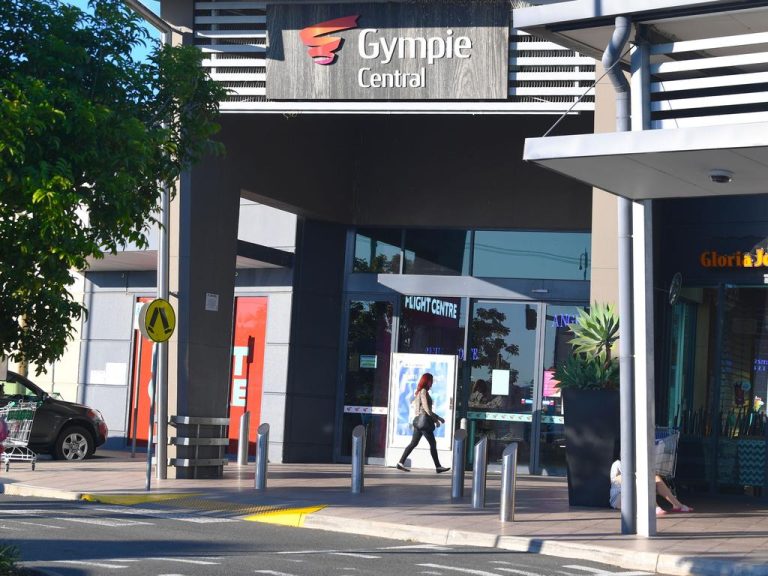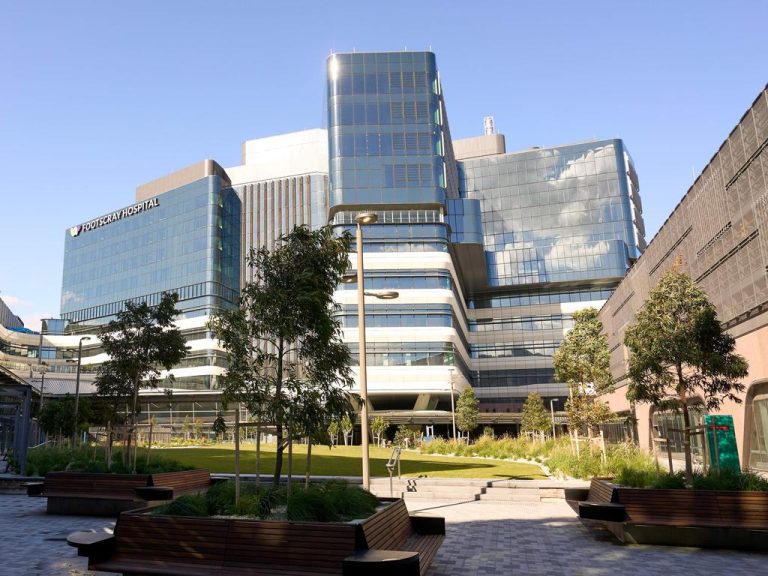Shake Shack down under: Pop-up or new entrant to Australia’s burger wars?
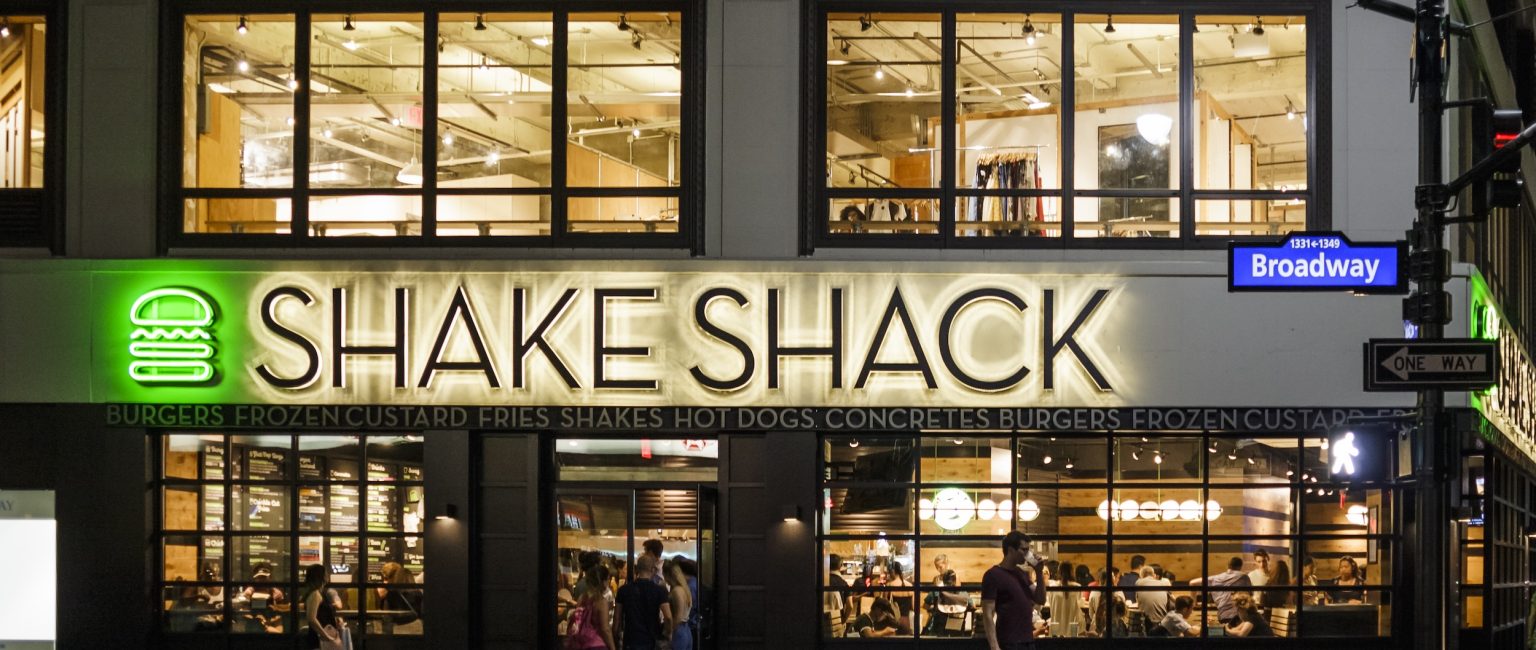
It’s the guilty pleasure of celebrities including Hailey Bieber, Chrissy Teigen, and Adam Levine and with that kind of street cred, Shake Shack isn’t your typical fast food burger joint.
The iconic US chain has also collaborated with famous chefs like Dominique Ansel, Daniel Boulud, and David Chang to create feature burgers, proving it is a cut above other eateries.
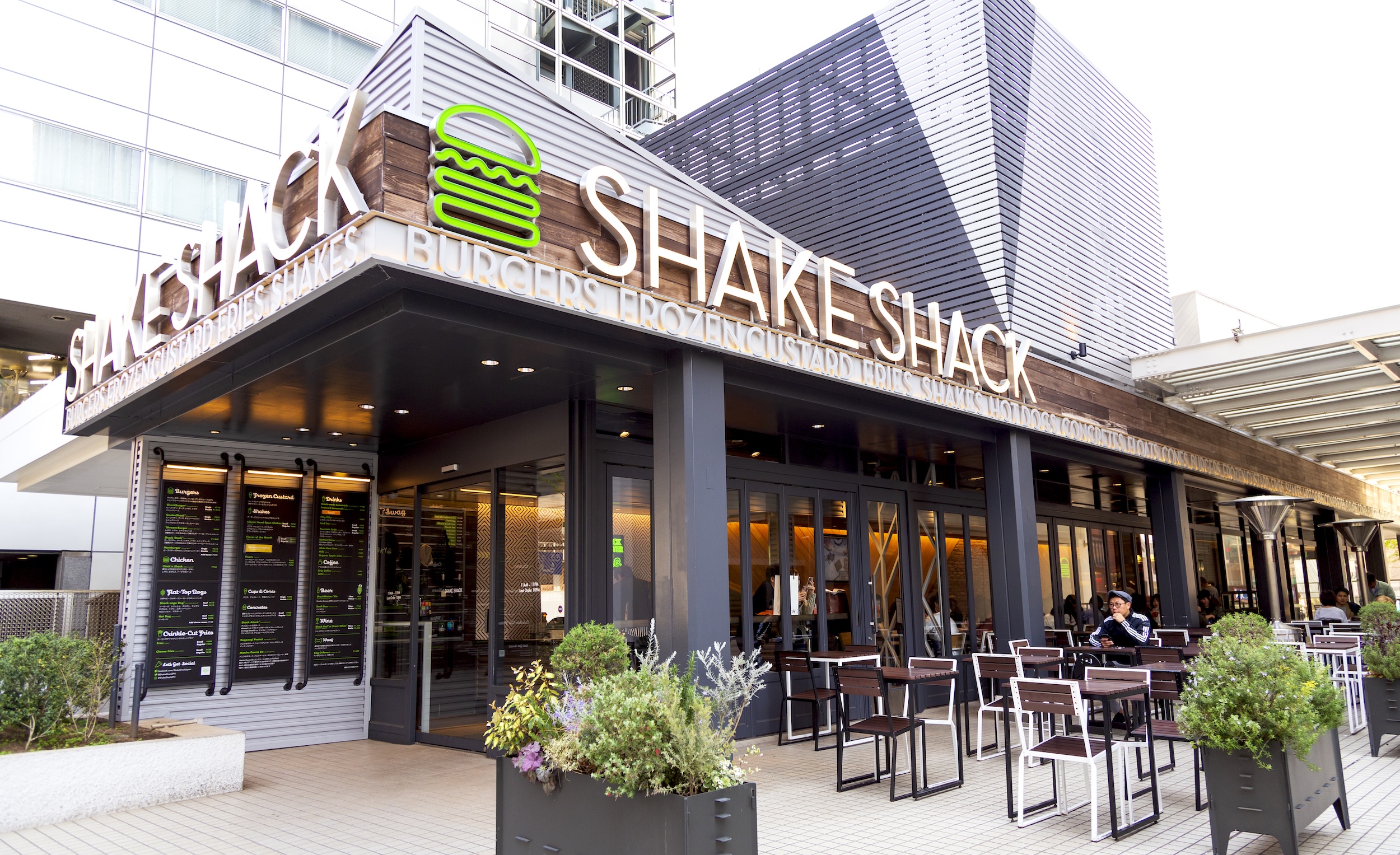
Shake Shack is coming to Australia in the form of a pop-up. Picture: Getty
What began in 2001 as a small hot dog stand outside Madison Square Park in New York City has grown into a gourmet “fast-casual” restaurant with approximately 500 outlets including sites in the UK, China, Singapore, Japan, South Korea, Egypt and Mexico, but none in Australia – until now.
The booming burger business will finally be flipping its buns for the first time down under with a pop-up restaurant announced for the Australian Open early next year.
It may be just a taste test – with a stand at TOPCOURT and John Cain Arena between January 12 and February 1 – but the move is undoubtedly a reconnaissance mission to determine the Aussie appetite for the Shake Shack.
Legend has it that because of Shake Shack’s humble beginnings, it was able to build a loyal following that capitalised upon in order to serve gourmet burgers, crinkle-cut fries, and milkshakes. Its early success was also aided by opening strategically small locations that generated queues, creating a perception of exclusivity.
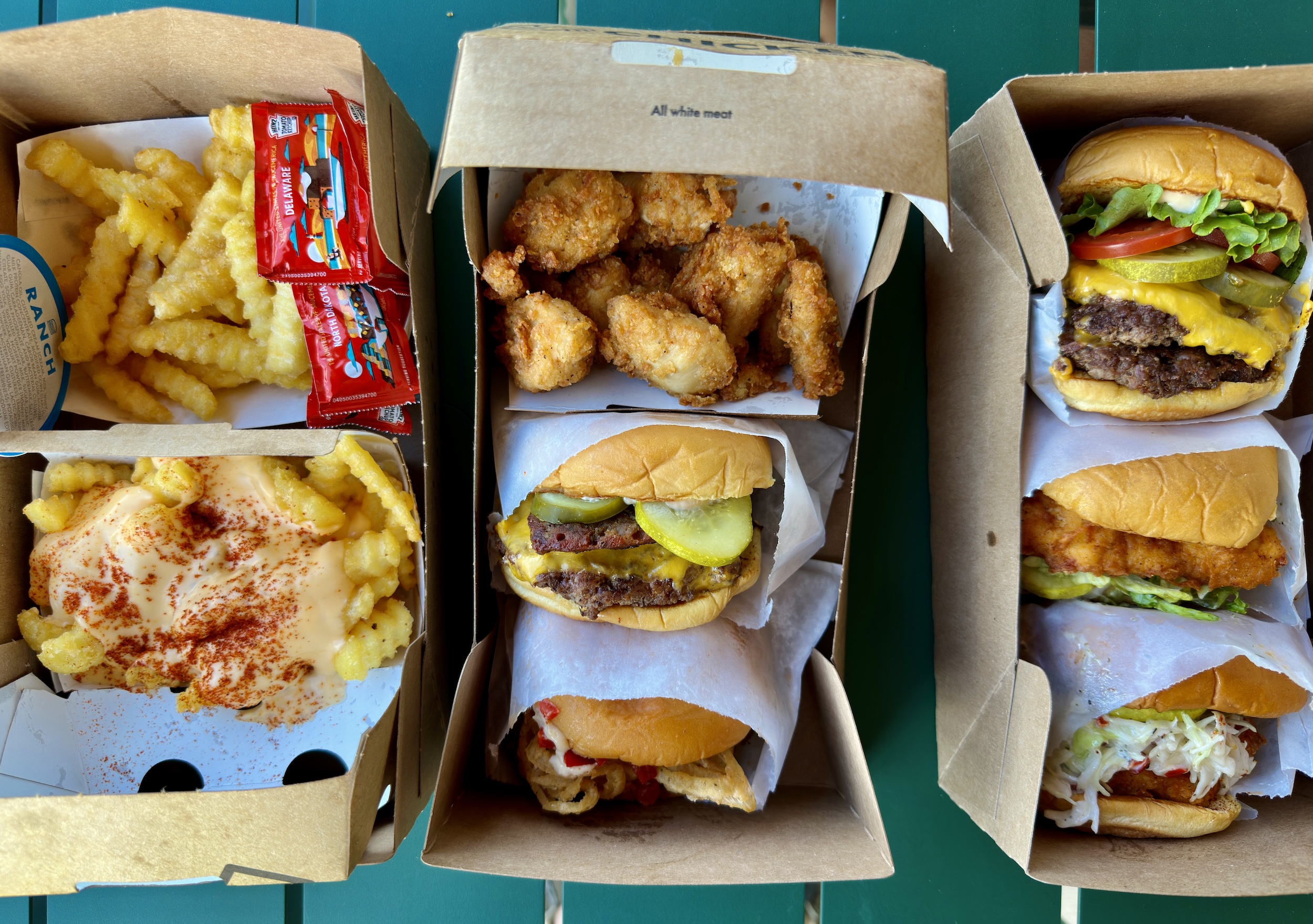
Shake Shack is famous for its crinkle cut fries. Picture: Getty
When it comes to its real estate choices, the company handpicks locations, often in inner-city or retail precincts, to target specific demographics. The Shake Shack website explains its location scouting tactics.
“We’re passionate about securing vibrant sites that serve as community gathering places. We also take great care to build each Shack with custom architectural design in a way that embraces the community it’s part of. This includes everything from forward-thinking structural elements to compelling, eco-friendly touches wherever we can include them,” it writes.
The question is whether Shake Shack’s Australian presence will be like Californian burger chain In-N-Out Burger, which has launched pop-ups around Australia in recent years but has not open any brick and mortar locations.
But legendary New York burger institution Shake Shack has been in expansion mode for more than two decades. If Aussies get a taste for the bespoke burgers during our most famous annual sporting event, then the group could move down permanently.
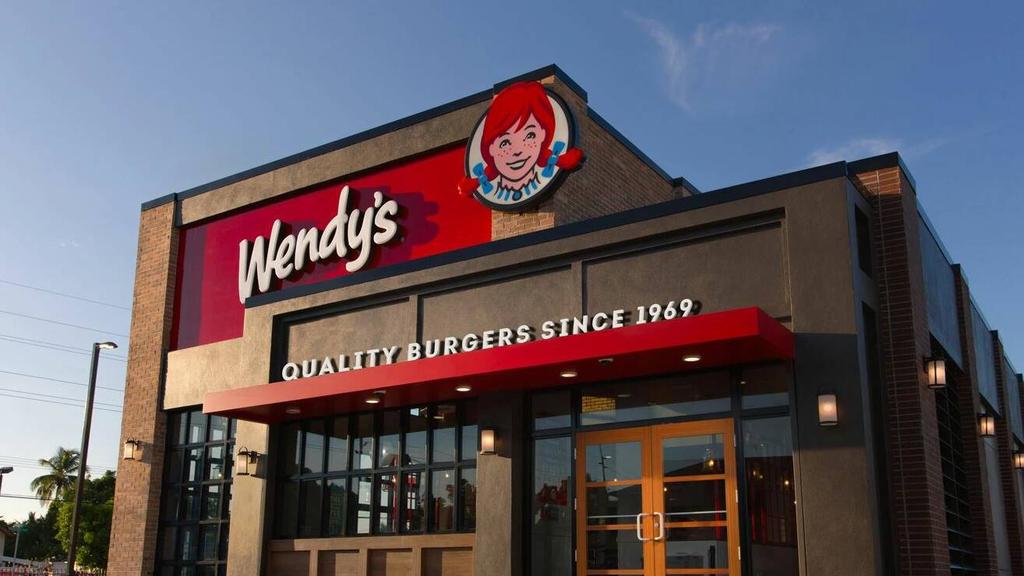
Wendy’s opened its first Australian restaurant this year and plans for 200 stores by 2034. Picture: Getty
If so, it’ll be another big player in Australia’s growing burger wars, with US burger chain Wendy’s opening its first Australian restaurant this year, with plans to open 200 stores by 2034.
Carl’s Jr and Five Guys have also expanded into the Australian market in recent years.
Fast food ‘trophy asset’
Large chain restaurant sites are popular among serious commercial property investors, as they tend to be a“set-and-forget” asset.
According to buyer’s agent and director of MCommercial, Rob Martin, sites which house large famous food restaurants are always highly sought after.
“I wouldn’t call them necessarily recession-proof anymore, but they’re certainly very appealing to to investors, especially overseas investors. They’re seen as a trophy asset,” he said.
“They like them because they usually come with 10, 15, or 20 year leases with built-in rental increases and ratchet clauses, so rents can’t go backwards.”
However, the hunger for fast food isn’t what it once was in some neighbourhoods, said Martin, who has seen some brands step away from certain locations.
“If you look at Manly, which is one of the premier real estate spots in Australia, Maccas has pulled out, KFC has left and so has Hungry Jack’s,” he said.
“It’s not the market for them anymore. It might be due to high rents, but also residents in areas like Manly don’t want fast food anymore, they want healthy options.”
Having said that, Martin added that fast food operators on highways and along major metropolitan roads with drive through facilities continue to be solid investments.
“There’ll always be a place for them, but it just comes down to location. As far as these newer chains which haven’t tested the waters, if I saw something unknown to the local market, I’m not going to put the same value on it as I would seeing a Macca’s or a Hungry Jack’s. We just don’t know if they can withstand the market.”
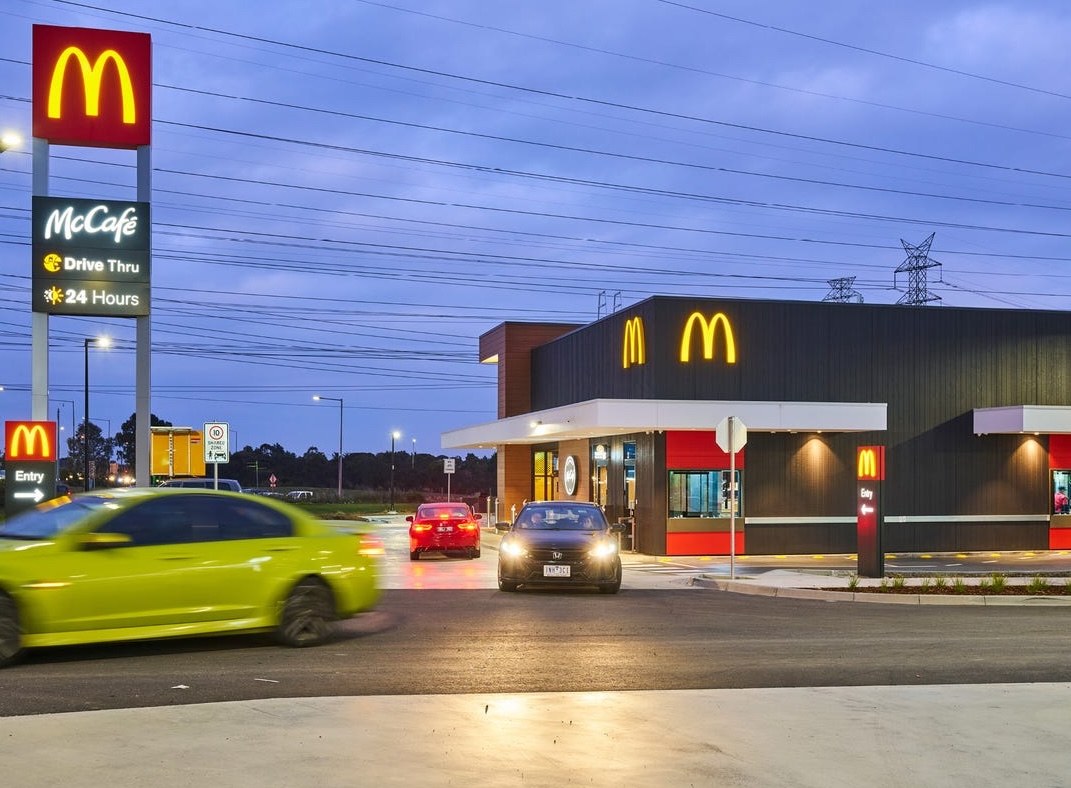
McDonald’s St Albans sold in June for $6 million with an estimated net annual income of $175,000. Picture: realcommercial.com.au/sold
Last week, a property with a 20-lease to McDonald’s located in Melbourne’s south-east suburb of Hampton Park sold for $4.714 million.
A McDonald’s in St Albans, Victoria sold in June for $6 million with an estimated net annual income of $175,000.
In Albury-Wodonga, a site with a long lease to Hungry Jack’s sold in June for $4.41 million. It claimed to generate an annual net income of $203,350.
In Brisbane’s Coopers Plains, a property with Hungry Jack’s as an anchor tenant for the past 17 years sold mid last year for $7.53 m after attracting more than 720 enquiries during its campaign.


